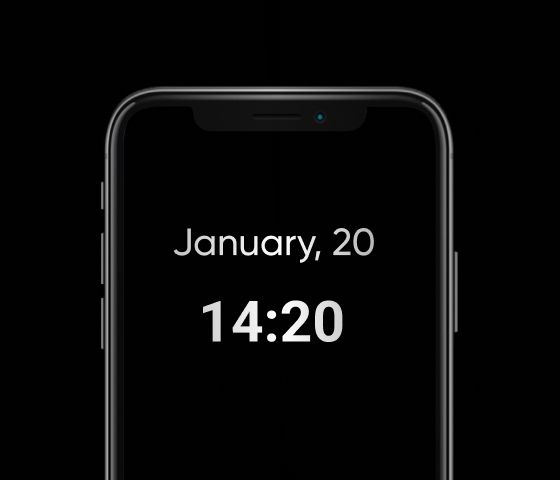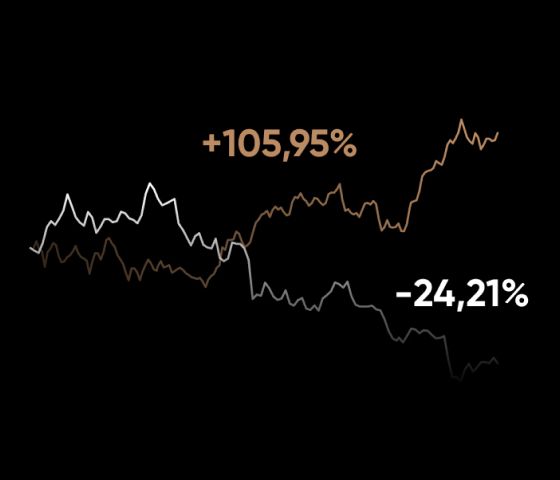HomeTradingCFD tradingCFD calculator
Make hypothetical profit and loss (P&L) calculations easy with our free CFD profit calculator.

A CFD calculator is a tool that enables you to calculate CFD profit or loss on a hypothetical basis, based on historic pricing. The tool clarifies how much you would stand to earn or lose if the price plays out in either direction, according to the leverage of the asset and the chosen order size.
Our calculator shows potential earnings from trades opened and closed within the past 30 days.
Calculate your P&L for a hypothetical CFD trade by following the steps below.




Using the trading calculator below, enter your assets, leverage and trade size to get your hypothetical P&L over a set period.
NB: The calculator does not account for any overnight funding, spread costs or any other fees applied to positions. Traders should consider the effect of such costs on potential profits. It also does not calculate the equity-to-margin ratio, which traders should personally monitor at all times.
Open
Close
Past performance is not a reliable indicator of future results.
The calculator does not account for any overnight funding or spread costs applied to positions. Traders should consider the effect of such costs on potential profits. Visit our Charges and fees page for more information.
Calculate your hypothetical profits and losses with ease (charges not included).
Learn what potential profits and losses you’re comfortable with based on potential outcomes.
Easy-to-use, free and available for both long and short positions.
Start CFD trading on our intuitive, award-winning* platform today. Access 3,000+ markets, advanced tools, and dedicated support by following these easy steps.
*Capital.com was awarded ‘Most Innovative Tech’ and ‘Best Forex Broker’ by TradingView in 2022. It was also named ‘Best Platform for New Investors’ by the Investors’ Chronicle Awards 2022. Figures presented relate to Capital Com Group.
**The CFD calculator is intended for trading demonstration purposes only. Pricing is based on historical data. Past performance is not an indication of future results.
Navigate easily between 3,000+ markets, user-friendly charts, and personalised watchlists.
Build your experience with content rated best in class at the prestigious ForexBrokers.com 2024 Annual Awards.
Whether it’s about payments, platform features or the markets we offer, we’re on hand to assist, whenever you need it.
A CFD calculator works by processing variable inputs such as position size and leverage to calculate profit and loss for a hypothetical CFD trade. First, you enter a start and end date for a position on a selected asset. Then, you select the leverage and order size and choose a long or short position. The calculator shows the resulting profit if the market goes for you, or the loss if the market goes against you.
A CFD calculator can help you plan and refine your strategies. For example, you may want to see how much you stand to profit or lose before taking a position on a given asset. The CFD calculator can help you choose the order size and leverage you are comfortable trading before you open a position.
Yes, you can use a CFD calculator for both long and short positions.
Our CFD trading calculator is programmed to provide accurate mathematical information for hypothetical trades based on the input data. However, it only provides estimates, which should not be taken as definitive predictions of future performance. Also, the calculator does not account for charges such as spreads and overnight funding, meaning users should factor in such fees in their hypothetical calculation. It also does not calculate the equity-to-margin ratio, which traders should personally monitor at all times.